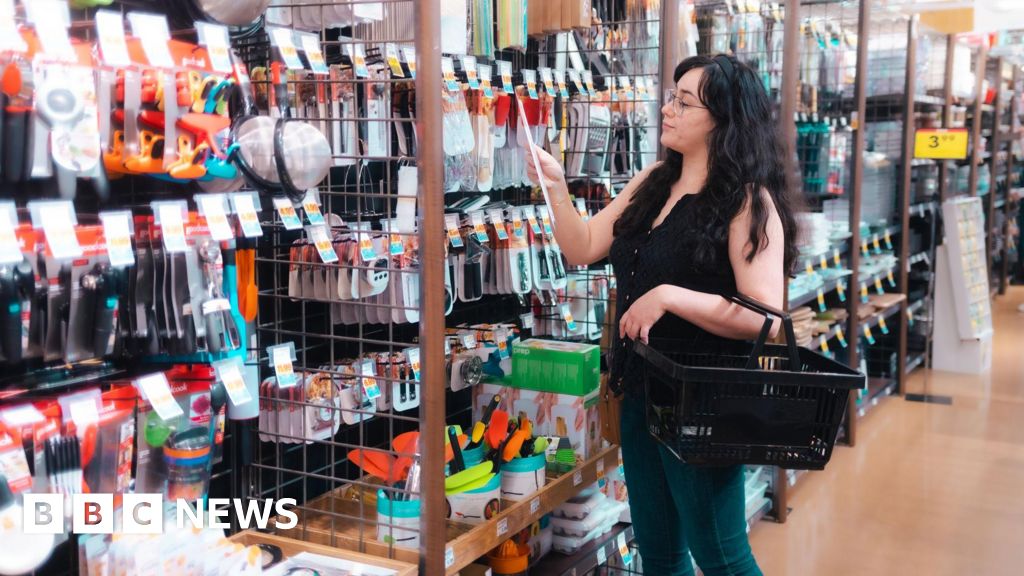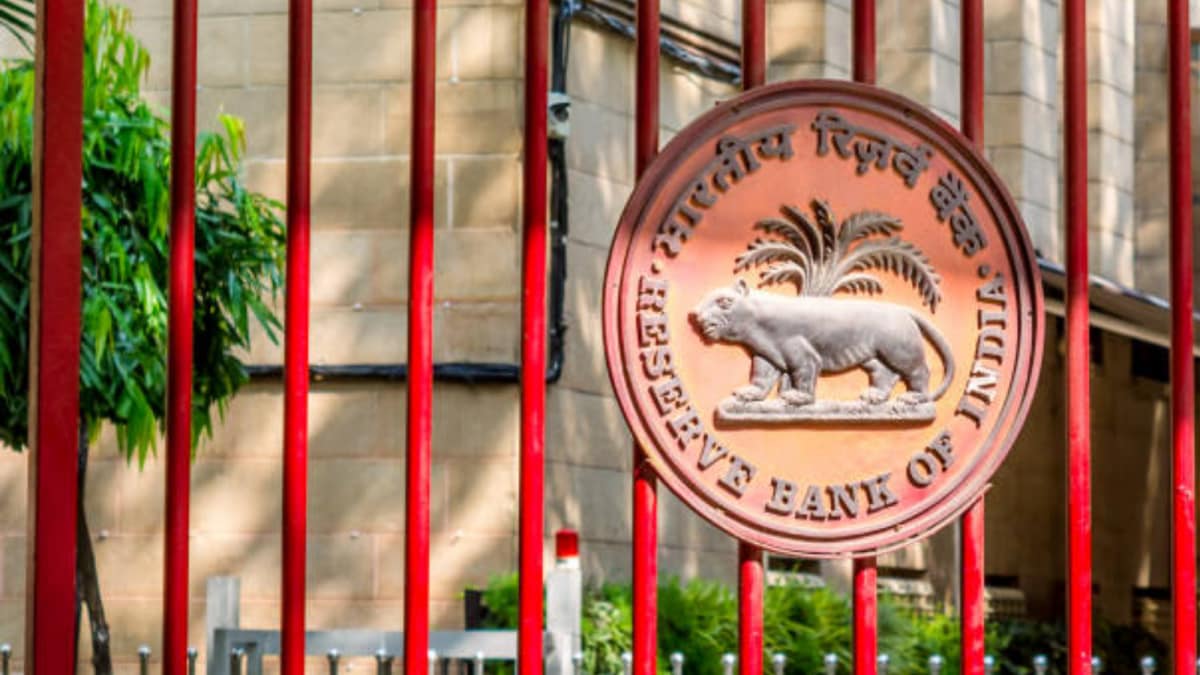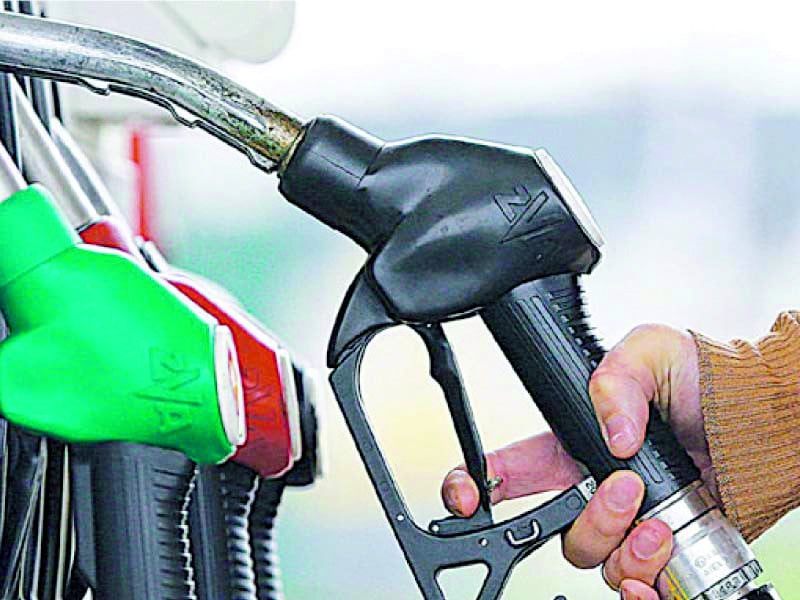US inflation held steady in July as lower energy costs offset price rises for coffee and tools.
The latest official figures showed consumer prices rose 2.7% in the year to July but underlying figures – which are seen as a better indicator of economic trends – show that inflation ticked up to the highest level since February.
Investors are watching inflation data to see whether US tariffs on global imports are feeding through into prices.
The US Federal Reserve has, so far, held interest rates as it assesses whether inflation will rise because of the levies despite pressure by President Donald Trump to cut borrowing costs.
Underlying inflation, which strips out food and energy costs, rose by 3.1% which is the fastest pace in six months, according to Tuesday’s data.
Other recent figures have suggested that the world’s largest economy is starting to feel the hit from new taxes on imports, as households clamp down on spending and firms hesitate to hire in the face of the measures.
Seema Shah, chief global strategist at Principal Asset Management, said she still expected the Federal Reserve to lower borrowing costs in September to give the US economy a boost.
However, she warned the decision could grow more complicated in the months ahead.
“There is some sign of tariff pass through to consumer prices but, at this stage, it is not significant enough to ring alarm bells,” she said.
“The concern for the Fed is that with inventory run-down, the tariff-induced boost to inflation is likely to grow over the coming months, meaning that inflationary pressures are likely to pick up just as the Fed starts to resume rate cuts.”







